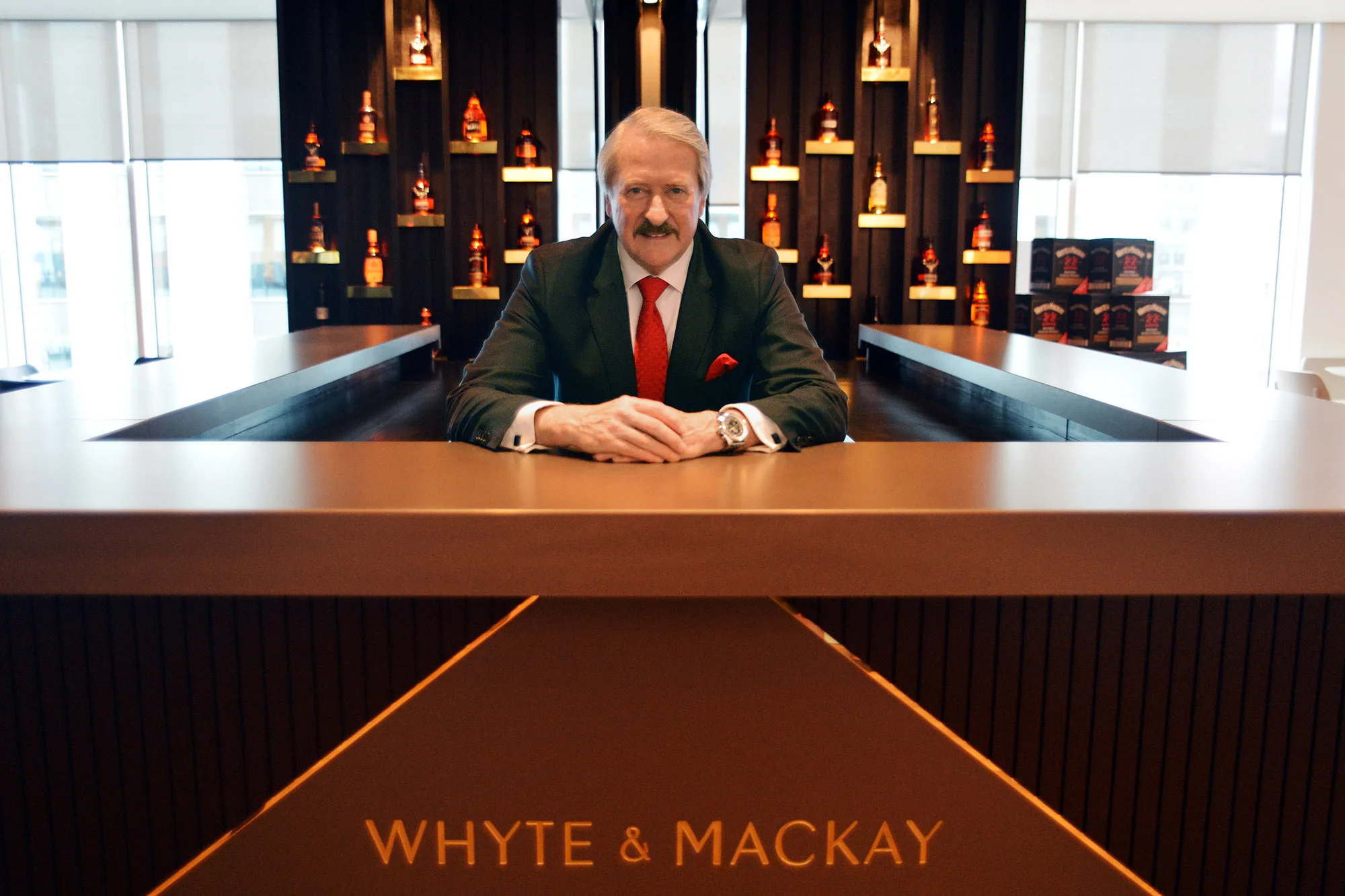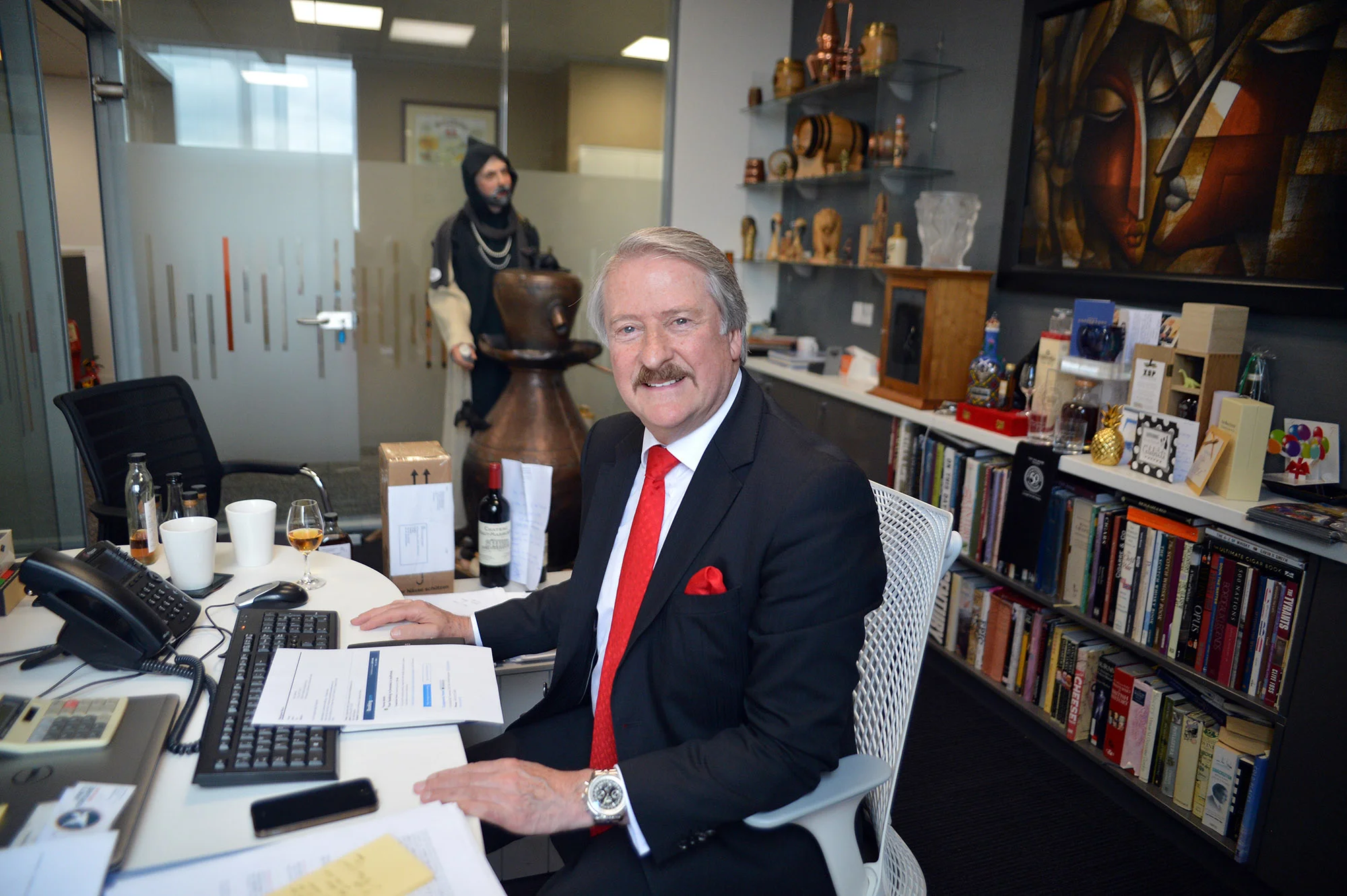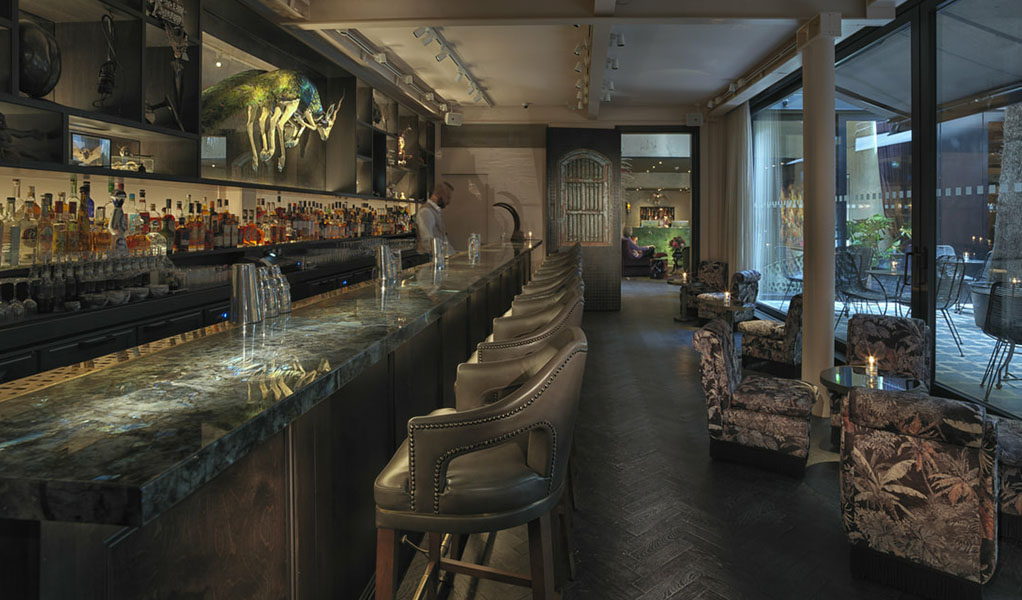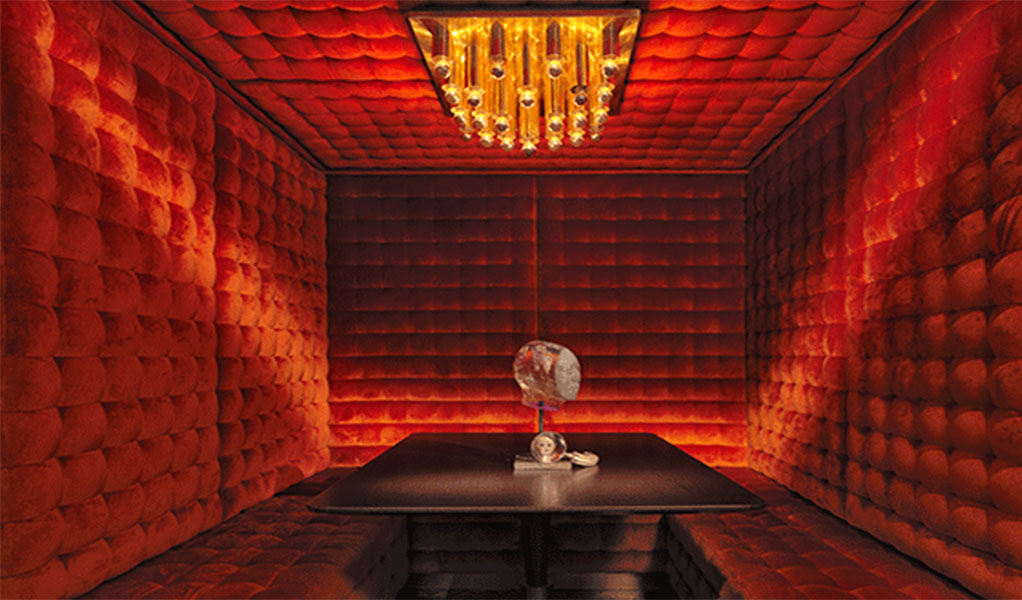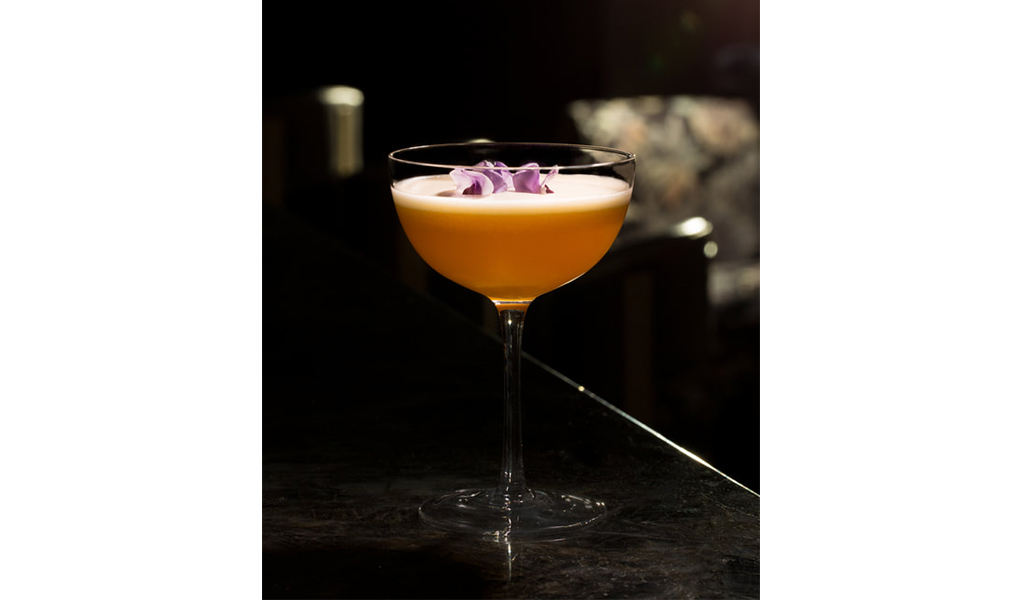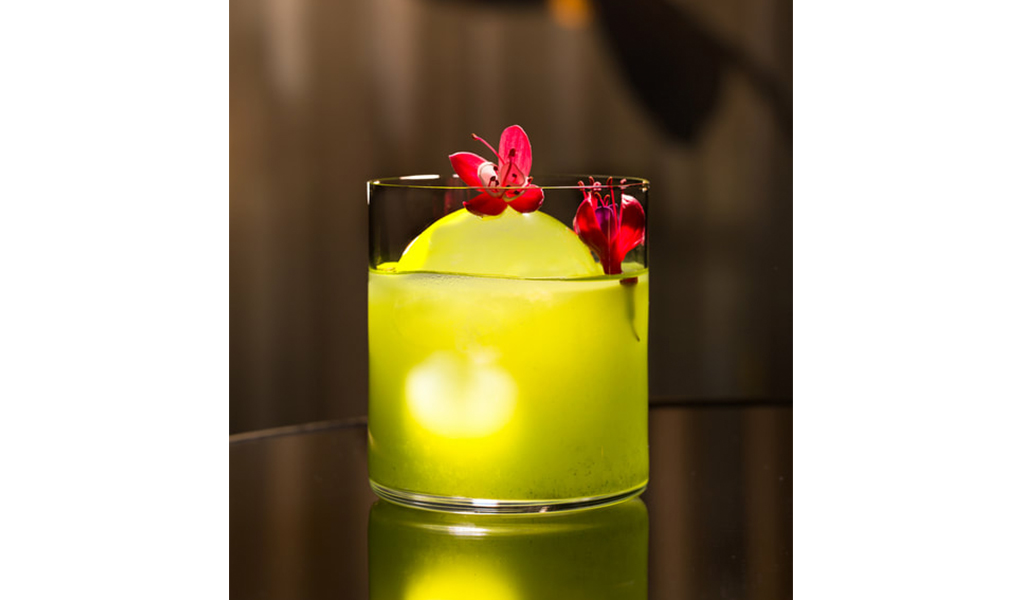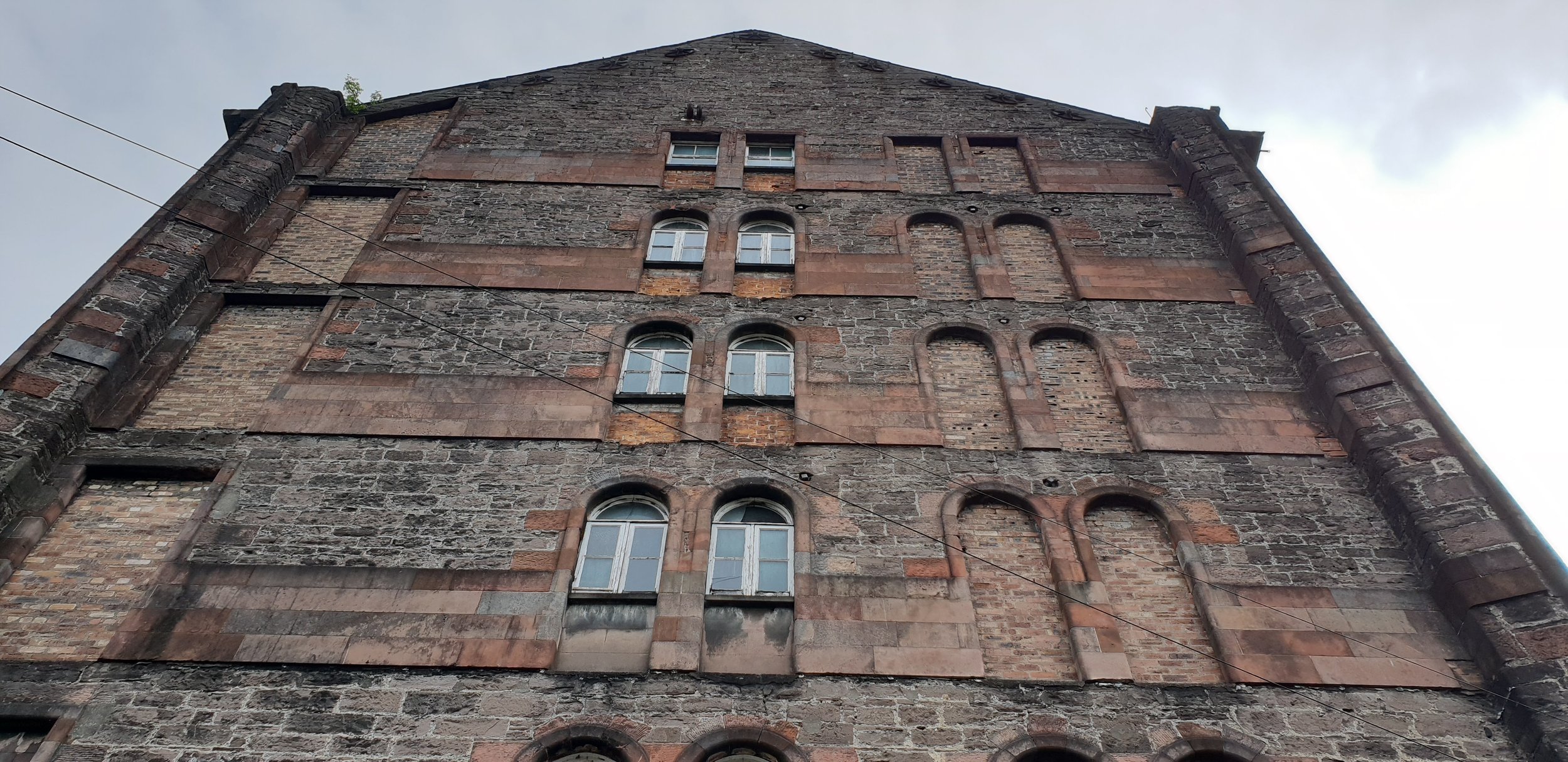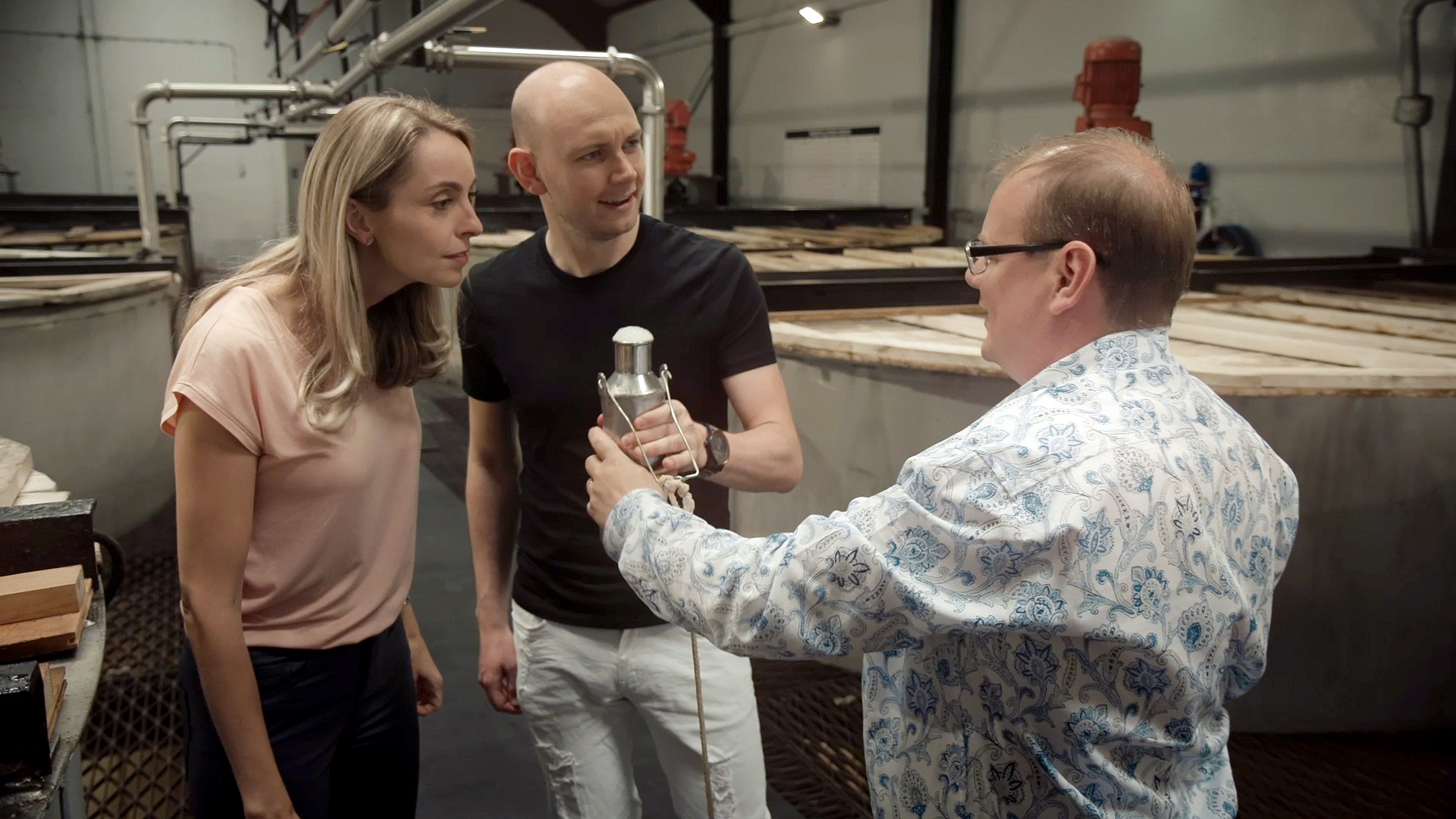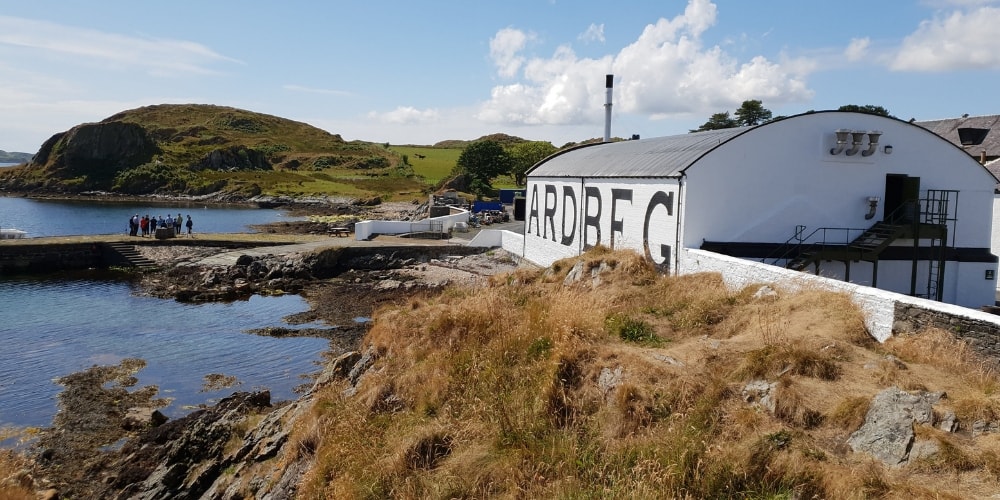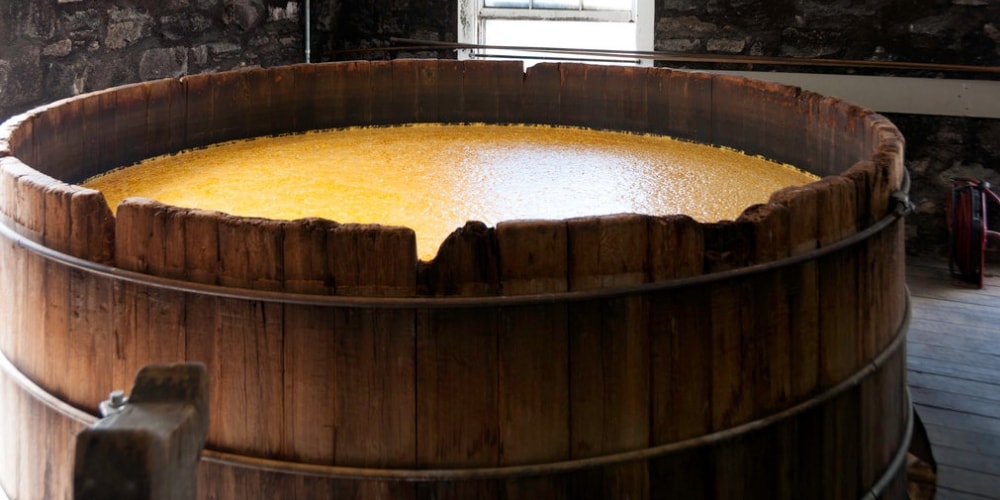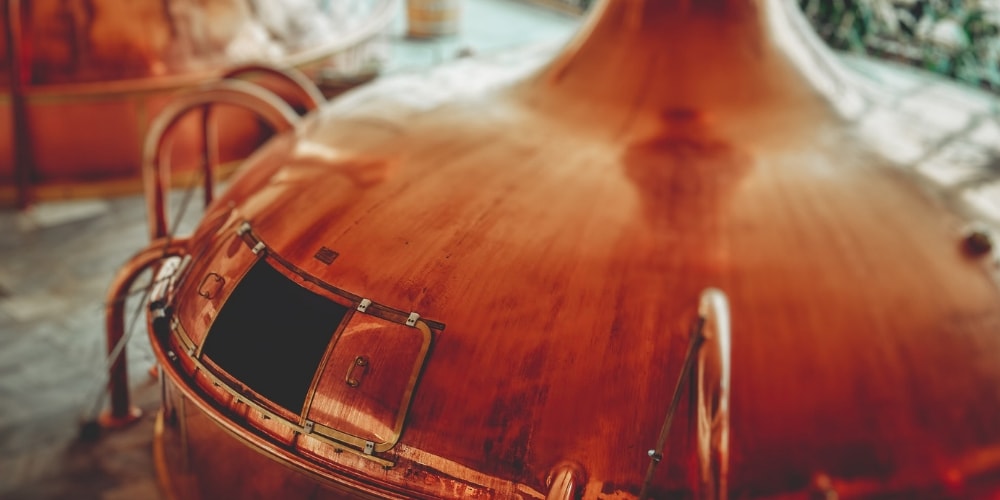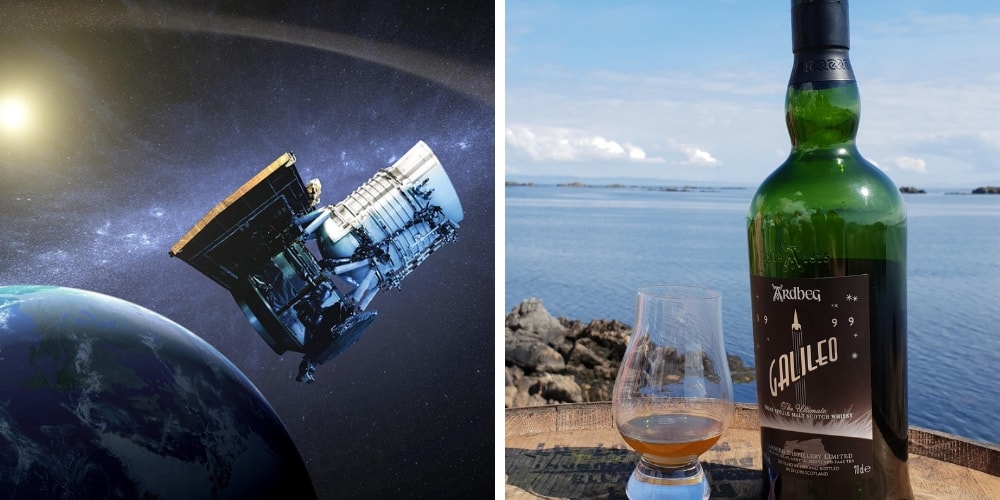Colin Hampden-White talks to the whisky blending legend that is Richard Paterson.
There are very few people within the whisky industry who travel quite as much as Richard Paterson. He is amongst a small collective of Scottish whisky people who are at the forefront of promoting Scotch, the brands of Whyte and Mackay and, in particular, The Dalmore. To do that job day in, day out, takes resilience, tenacity and above all the ability to be absolutely delightful to everyone all of the time. These skills seem to come naturally to Richard. He seems to thrive off people’s pleasure, revel in their gain of knowledge and be continuously excited by other’s discovery of flavour. He is a natural brand ambassador. However, this is not Richard’s primary role at Whyte and Mackay. He may fulfil that role in the public’s eye, but he has just as important things to do behind the scenes. First and foremost, Richard keeps all the brands he looks after consistent in flavour and, with many of them is still trying to improve them. Richard is the Master Blender at Whyte and Mackay and it’s been quite a journey to get there.
Richard was born on the 31st of January 1949. A few of us may know something of past events that have taken place on that day and, if in doubt, Richard with his love of history will be able to tell you that both Guy Fawkes and Bonnie Prince Charlie both died on that same day. Richard has an incredible memory for dates, especially of historical figures, some well-known and some not, who have been born, died or done something noteworthy at certain moments. This knowledge allows Richard to enrich the stories he tells surrounding whisky with what was happening in the wider world, putting Scotch into historical context. This ability is not only charming, but makes Richard’s stories all the more engaging, entertaining and educational all at once. He is one heck of a story teller, who happens to be one heck of a blender, hence his nickname “the nose”.
Richard started his working life in whisky aged 17 in September 1966. Richard was hired by the Managing Director of A Gillies and Co, on their first meeting at interview. He was so taken aback to be hired so quickly that when asked the question “Can you start on Monday”, he didn’t have time to think about his answer. So Richard started on that Monday the 5th of September 1966 as an office junior. Hence this is Richards’s 50th year in the Scotch whisky industry, and there has been plenty of water under the bridge, much of it made into whisky, since then.
When Richard joined A Gillies and Co, the whisky industry was enjoying a boom. Indeed, nineteen distilleries opened during that period are still going today. This was a great time for a young man to join the industry. Richard’s first boss was Tom Wilson, whose responsibility was the acquisition of whisky stocks through distilling, broking and blending. Part of Richard’s job was to record all the transactions. With no computers, this was all done painstakingly by fountain pen in ledgers dating back to the Victorian era.
Richard recalls his years at A Gillies and Co with a great deal of affection. He remembers it being incredibly relaxed in the whisky industry in those days, with people turning up for work well after nine in the morning and finishing promptly at five. There were no office politics and the odd hang-over on a Monday morning could be sustained. This wasn’t to say people didn’t take their jobs seriously, they certainly did, and taught Richard a great deal about various aspects of the business. Along with the serious side of whisky, there quite a bit of hilarity. Richard recalls “the Cowboy” game. Lots were drawn first thing in the morning and a Cowboy was chosen. He would then have to walk down the corridor, kick open the door as if it were a saloon, and down one of three glasses of clear liquid on a desk, much like playing roulette, two if the glasses contained water and the third new make spirit, which although not an actual bullet, Richard remembers the lethal effect of the 68% spirit. Needless to say, some days were a blur and he needed to stay out of the way of Tom Wilson and Mr Wolfe.
In those profitable days, the small companies such as A Gillies and Co had to live for the moment. Little time was spent marrying whisky. Richard puts it as “more of a passionate affair than a marriage”, but they did what was needed to get on. A similarly casual attitude was taken with casks. Spirits was filled into anything. The attitude was that a cask was a cask and whatever the previous contents had been, it really didn’t matter, be that Sherry, wine or even liqueur. This was acceptable practice in those days.
After Richard had been in Glasgow for long enough to have learnt the ropes, Tom Wilson asked if he had ever been to Campbeltown. Richard said he hadn’t, and so Tom said he was to go. To many, Campbeltown was the back of beyond. Only sixty five miles as the crow flies, it is one hundred and forty miles by road, and takes nearly four hours on a rickety bus on terrible road surfaces.
After a long night in the pub, Richard met the warehouse men and on his first day was introduced to blending. A blend was made during his first few days and the casks used logged in a leather ledger. The number placed on the cask heads, Richard remembers to this day. It was 69/4, meaning the fourth blend made at Glebe Street in 1969. During his time in Cambeltown, Richard studied these ledgers. They held the history of the blends made in the past and extended his knowledge.
A week later, Richard was introduced to Glen Scotia, a distillery owned by A Gillies and Co. Although Richard came from a whisky industry family, he had never visited a distillery before.
Richard learnt a huge amount in Cambeltown, on all sides of the whisky making process from the spirit to the blend. By the time he came to leave he had decided that his future lay beyond A Gillies and Co in a larger company, and that company was Whyte and Mackay.
Whyte and Mackay had, through the years since its conception, built itself up to be the fifth largest blend in the world by the mid-1960s and this position had been retained by the time Richard joined them in 1970.
Whyte and Mackay have their roots dating back to 1844, but really got going when James Whyte and Charles Mackay joined Allan & Poynter in 1875. In 1881 they bought the wines and spirits part of the business and having not secured the use of the company name started Whyte and Mackay.
Richard’s position at the company was as an assistant blender under Alistair Hart, who explain that Richard responsibilities would include preparing the specifications of blends, ordering stocks of the component parcels of whisky, arranging transport for the casks, and scheduling the actual blending with the bonded warehouses. Now Whyte and Mackay might not have been a DCL or Hiram Walker, but Richard felt he had hit the big time.
The company only had thirty five staff at the time Richard joined, so was small enough for him to learn about the working of all the different departments. He went out with one of the salesmen, Tom Macauley, who helped him a great deal, and spent quite a bit of time in marketing which was Jack Ligertwood’s department. But Richard’s main responsibility during his first year was to nose every cask that came into the company for use in the Whyte and Mackay Special Blend.
At that time whiskies came to a bond from as many as thirty five or forty distilleries, which meant three hundred or so casks would have to be brought to Glasgow and samples pulled from them for Richard to nose. Richard’s office soon became overloaded with samples and he saw that this inefficient system had to change. He thought, that rather than the whiskies coming to him all the time, he should be able to go to the whiskies. So once the whiskies arrived he would be called and with the help of Betty Toal, the charge hand and her steel valinch, Richard would evaluate directly from every cask, first without and then with the addition of a little water. He remembers in some of the coldest winters the true nature of the whiskies could only be revealed by adding hot water to the whiskies.
This job gave Richard a degree of independence and he loved this part of the job. He saw himself as a protector for the blend, weeding out bad casks so they didn’t negatively affect the blend. His father’s rule of thumb was that 96% of evaluation can be done by sight and nose, and only if these two indicators don’t give you a definitive conclusion, do you then taste the liquid. Richard feels that nosing each cask is like meeting different people with individual personalities.
Many of these casks that Richard tested were used in vatted malts, many of which went to Japan. Whyte and Mackay, through the work of Jack Ligertwood, had a very good relationship with Japan, and the Japanese used their whisky in many of their blends. Many of Whyte and Mackay’s critics thought they should only be exporting bottled whisky, but didn’t realise that that was not what the Japanese wanted. As well as working with relatively young bulk malts, Richard worked with contracts for aged blends such those at Harrods. Using 21 to 25 year old whiskies, Richard particularly enjoyed working with these distinguished expressions because of their rare and complex attributes.
Having been involved with blends at this level, Richard realised that if he wanted to become a master blender he needed to get under the skin of what makes a single malt. To do this, he would need to spend more time at the distilleries, discovering what brings the character to each spirit. In 1972 Richard travelled further north than he had ventured before, beyond Inverness to Whyte and Mackay’s flagship distillery: Dalmore.
On his way to Dalmore, on the Cromarty Firth, Richard had some casks to nose at Tomatin. As the warehouse staff had been so busy, they had not laid them out for him and he had to climb through the racking. Racking was relatively new in the early seventies, much more efficient and less labour-intensive than dunnage warehousing. In doing this, Richard learnt a valuable lesson which now seems obvious, but wouldn’t have been recognised if the casks had been laid out. The casks on the bottom held more mellow whisky. The damp air at ground level had affected the evaporation speeds; the casks at the top were sharper as the drier air helped maintain the alcohol strength. This was one of the valuable lessons he began to learn by being in the field, away from the office and bonded warehouses in Glasgow.
At Dalmore, Richard was to experience an extended family. There were several members of the same family and several generations working with the distillery at the same time. To these families the distillery wasn’t simply a workplace but an extended home. This created great loyalty and woe betide anyone who was disparaging about the whisky – after all it was their life!
After his first visit to Dalmore, Richard was asked to write a report on what made the spirit of Dalmore. It was through writing this report that he realised the complexity of the constituent parts of new make spirit, with every part of the process affecting the outcome and the wood playing a major role. A couple of years later in 1974, Richard would visit Fettercairn distillery specifically to look at their older whisky stocks and consider the influence of wood on the spirit through time.
In 1974, Richard married Susie. Susie came from the Prosser family who were a very well established Glasgow car dealership. He remembers a speech at his wedding with which he ended by saying “please don’t drink and drive, but if you must, make sure you’re drinking a Whyte and Mackay and driving a Prosser’s car”. The 1970s was a period of change in the industry, not just in the production but also in the working attitudes within Whyte and Mackay. The company moved to new open plan offices that gave a feeling of modernity and excitement. In 1975 Richard was promoted to chief blender and, in September 1976, his first child Sally was born.
Over the next few years Richard worked under Bobby McCall. Bobby was responsible for acquisitions of casks and Richard for blending the products. Richard considers their close professional relationship one of the most rewarding and considers Whyte and Mackay and the aged blends, their finest creation.
The mid to late 1970s was a boom time for the whisky industry and with high sales predictions, the effects of over-production were not felt until a few years too late. There were butter mountains and wine lakes; whisky lochs were soon to follow. In 1983 DCL closed 45 of their distilleries with another ten to follow two years later. Whisky was becoming unfashionable; a drink people’s fathers drank and white spirits were becoming increasingly popular.
During this time, organisations like the 49 Wine and Spirits Club of Scotland and the Institute of Wine and Spirits’ of Scotland became important, bringing members of the industry together. Richard became the president of the “49 Club” in 1980/81 organising dinners, speakers and events; in due course he became president of the institute. He remembers the experience of these two presidencies with great fondness and they had huge significance for him. Although he found public speaking daunting, he began to develop a sense of confidence and a degree of professionalism. He refined and developed this skill during the years of the early 1980s. Anyone who has seen Richard present will know his confidence and showmanship in speaking and expressing his knowledge and love for Scotch whisky.
In 1986 DCL was taken over by Guinness and as part of that deal DCL had to dispose of several brands. Some of those brands found their way to Whyte and Mackay and into Richard’s portfolio. In 1988 the company decided they needed their own bottling facility, and as their bottler had been so loyal through the years, they bought them. As part of the deal they owned a 49% share in the Scotch Whisky Heritage Centre near Edinburgh Castle. Richard even has the model of Friar John Cor and a still in his new office today.
Through the years the company itself has been bought and sold, sometimes giving a great deal of uncertainty. However Gallagher’s takeover in 1990 brought stability and the company bought the Invergordon group in 1993. 1994 was a difficult year for Richard. His father was very with cancer and he passed away. Nor had his professional life been easy with the loss of his directorship, which he had held since 1989 in a restructuring at William Muir, the bonded warehousing and bottling plant. 1994 was also the 500th anniversary of Scotch and there was a competition to see who could create the best blend to commemorate the occasion. All the best blenders entered and on a memorable evening in October, Richard had his confidence renewed as his name was pulled from the envelope.
The following years were difficult for the company. Bought and sold several times, with a complete redesign of their core blend and the loss of many staff, there came an opportunity in 2001 for a management buyout, bringing Whyte and Mackay back to independence. This was Scotland’s largest buyout at £209 million. Whisky as an industry was on the rise again and interest rates were low. But even with these circumstances all was not well. The company name change to Kyndal didn’t help and, after seventeen months, the shareholders had had enough. This was the lowest time in his career, but through all this turbulence Richard kept on keeping the liquid consistent. In 2002 he was rewarded by winning the International Wine and Spirits “distiller of the year” and Whisky Magazine’s “blender of the year”. The Malt Advocate voted him “Industry leader of the year” and the accolade of which Richard is most proud came from Diageo: he was awarded the “Outstanding Achievement in the Scotch Whisky Industry” trophy.
Over the next years there were still more challenges to overcome. However, with management changes the company turned the corner, was sold to United Spirits Ltd and then, in 2014, to Emperador. Through all the changes the whisky has remained the same high quality, and this is down to the one man who has also been there through it all, in the industry for the last fifty years, of which forty seven have been with Whyte and Mackay. There’s been a lot of whisky made during those years, an incredible reputation built; he and his nose are still going strong.
By Colin-Hampden White

